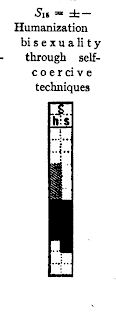-----------------------------------------------------------------------------News Update: The Szondi Test Study group is ''open source" in spirit and practice, meaning anyone interested, for any reason can peruse its concepts and teachings. In general, it attracts today mainly students and practitioners in psychology, social work, religion, education and other specialized counselor types as in relationship, addiction and motivational coaching. Those desiring to self-analyze themselves by following the test results can do so, but need to recognize this test or any of the many self administrated inventories and tests are not any substitute for qualified local professional help.
Those desiring to take the Sxondi Test on-line can do so by reaching me at Hypnodoc@liveperson.con
You will have to sign in and search for me or post to the public board that you wish to contact me.
|
- iveperson.com offer connections to experts on a free to try basis,











